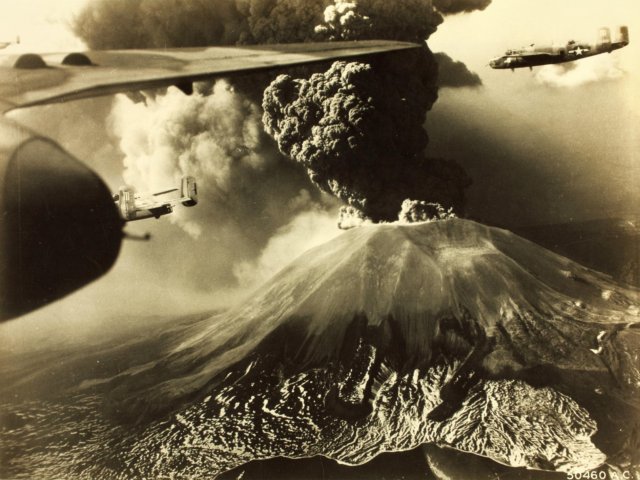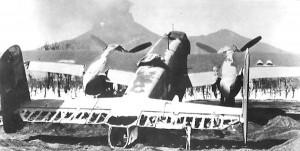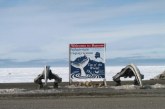
Story Highlights
- Historical event:
- 18 March 1944
- At the moment of eruption, the American B-25 Mitchell bombers were stationed at the foot of Mount Vesuvius, near Pompeii. The hot material that appeared as a result of the volcanic eruption destroyed between 75 and 88 bombers. Members of the U.S. Army Air Forces photographed the eruption.
The last major eruption of Mount Vesuvius in Italy began on this day in 1944. It is interesting that this was precisely the time of much heavy fighting between German and Allied forces. Namely, the famous Battle of Monte Cassino, near the famous Benedictine monastery located around 100 km northwest of Vesuvius, lasted from January until May that year.
Around one month before the eruption of Mount Vesuvius, the Allies dropped over 1,000 tons of bombs on the Monte Cassino monastery. The Germans tried to hold the famous Gustav Line in Italy, which bisected the Italian Peninsula roughly between Naples and Rome. Incidentally, two weeks later, the movie Casablanca won an Oscar for Best Picture.
The eruption of Vesuvius on this day destroyed the villages of San Sebastiano al Vesuvio, Massa di Somma, and Ottaviano as well as parts of the village San Giorgio a Cremano. Twenty-six people were killed and thousands left homeless.
At the moment of eruption, the American B-25 Mitchell bombers were stationed at the foot of Mount Vesuvius, near Pompeii. The hot material that appeared as a result of the volcanic eruption destroyed between 75 and 88 bombers. Members of the U.S. Army Air Forces photographed the eruption, so that a large number of photos of the event have been preserved.





